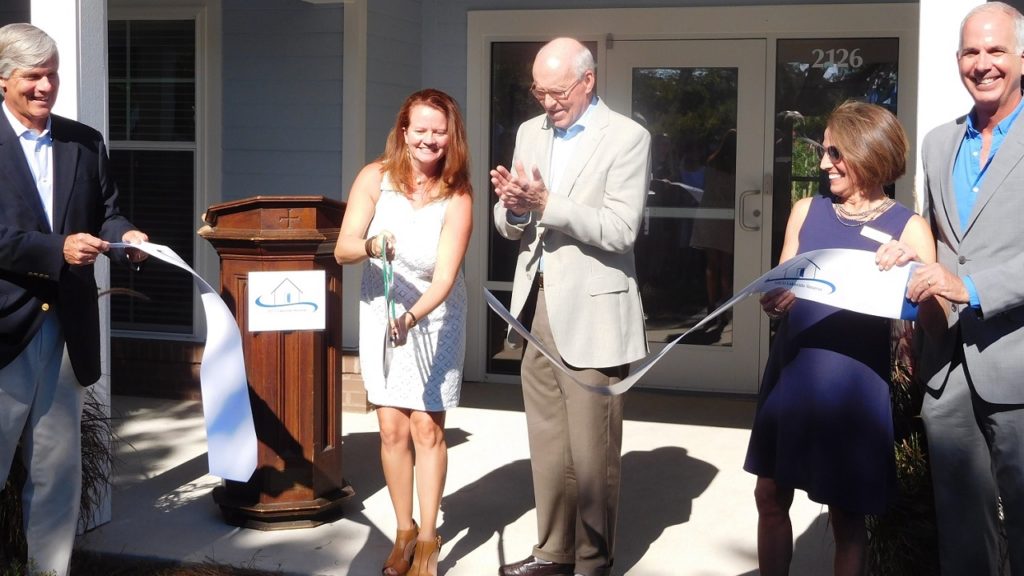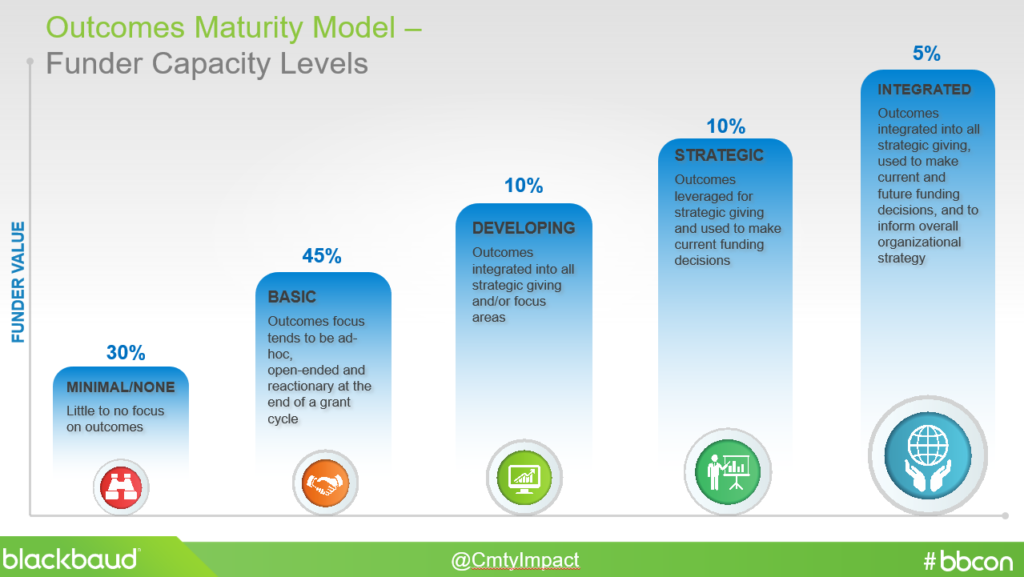 Special to the Philanthropy Journal
Special to the Philanthropy Journal
By Dr. Lauren Sanchez Gilbert
Your nonprofit is a well-oiled machine making a positive impact in the lives of those you serve. Best practices? Check. Measurement & ROI? Check. Community support? Check. So, how does your organization scale up to create impact on a broader scale? This pressing question is increasingly on the minds of leaders of nonprofits, both big and small.
Even the most well-intentioned, well-run nonprofits can stumble as they scale up their reach. The high cost of research can be a barrier when trying to prove impact and attract new donors. Serving your base while reaching out to new audiences takes significant financial resources, time and effort. It can be a challenge to refine and establish your organization’s identity when there are so many nonprofits doing similar work in the same space.
 Scaling up can be an uphill climb, yet with the right partnerships, it can be achieved more quickly and in a more sustainable way. Forming partnerships between complementary organizations in a manner which draws upon their unique strengths, can elevate them both.
Scaling up can be an uphill climb, yet with the right partnerships, it can be achieved more quickly and in a more sustainable way. Forming partnerships between complementary organizations in a manner which draws upon their unique strengths, can elevate them both.
Fair warning though, successful partnerships require a quality that many nonprofits find elusive: flexibility. Rigid nonprofits that are unwilling to adapt are doomed to have a far more limited reach.
There are many benefits to partnering. It allows your organization to maximize its resources, create sustainability, and reach more people than you would by going it alone. Your partners gain the benefit of your organization’s experience – and vice versa – which helps both sides increase capacity and better demonstrate effectiveness to funding sources. In the out-of-school-time education field, we have found that partnering with local organizations not only enhances summer and afterschool learning experiences, it helps ensure they are delivered in a culturally competent way since they have a better feel for the local community.
A winning partnership must be synergistic and highly collaborative. It must support the core goals of each organization, and not stray from their core values. An effective partnership must not duplicate efforts, but rather harness the strengths and resources of each organization to complement one another.
The key is to find the right partner with the following qualities:
- Mission alignment – Both organizations should be working towards achieving the same goal and helping a similar audience.
- Foundation of pre-existing resources – They need to be established enough to have resources you can use to expand the reach of both your organization and theirs.
- Supportive leadership – Organization leaders need to embrace the idea of teaming up and be willing to devote the time, effort, and money necessary to make it work.
- Ambition – The organization needs to have a strong desire for growth beyond the limits of their current resources that would make your partnership beneficial to them.
Before you invest your time and resources into a new partnership, here are some red flags you should look out for:
- Unrealistic expectations – Good partnerships take time and effort on both sides. Having a partner who expects instant results without putting in the work won’t lead to a productive working relationship.
- Unwillingness to embrace new ideas – As in any relationship, a partnership requires give and take. You need to be willing to adapt your proven practices to meet the specific needs of your partner. Your partner needs to accept that your way of doing things, while different, might be better than their standard operating procedure.
- No clear implementation plan – If your partner has no clear plan for how they will use the practices you are sharing with them, then any progress they make with you will quickly evaporate.
Once you have chosen your organizational partner and have been working with them, here is how you can tell the partnership is a success:
- Measurable impact on target population – Hard evidence that the work of both of your organizations is reaching more people spread out over a wider area.
- Positive feedback – Whether it comes in the form of surveys or interviews, feedback from your target audience is often the best way to take the temperature of your partnership.
Simply put, partnerships are necessary to take nonprofits to the next level. If you are flexible enough to stop having the focus be on your individual organization and more about spreading impact, the closer you will be to your goal of aiding people who intensely need your help.
Dr. Lauren Sanchez Gilbert, Ed.D.is the CEO of BELL (Building Educated Leaders for Life). The national nonprofit is the largest evidence based summer learning provider in the U.S., and a national leader in PK-8 afterschool education.





